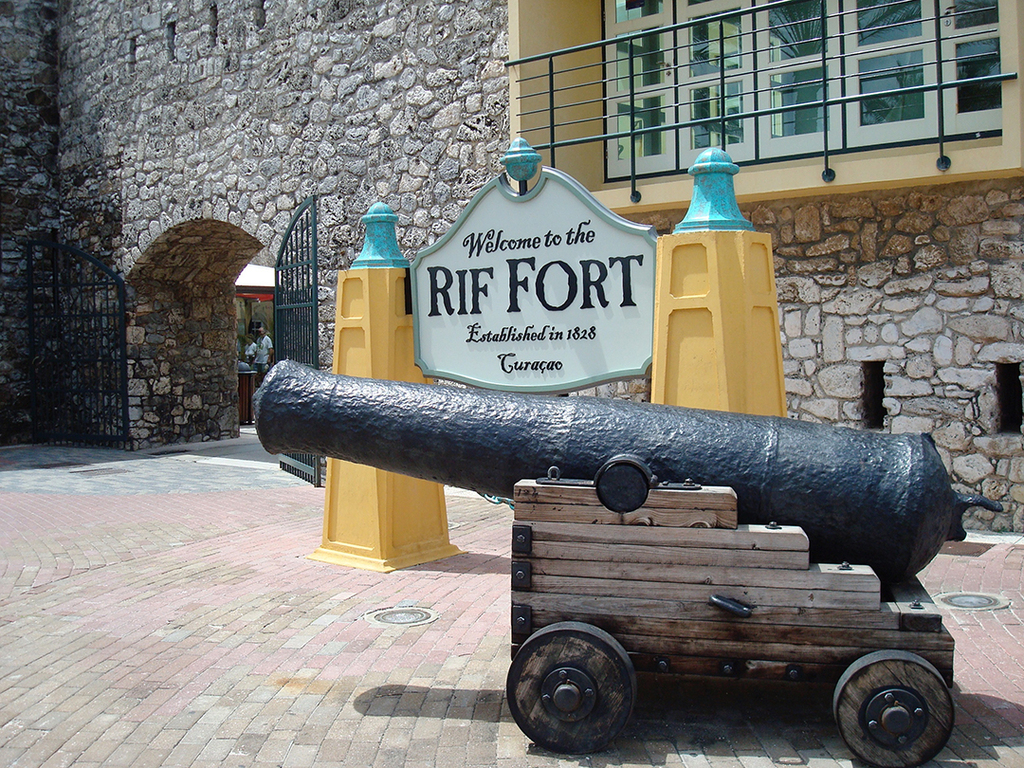History
Curacao is a Caribbean island located near the Venezuelan coast and is part of the ABC islands (Aruba, Bonaire and Curacao).
This island has a rich history which dates back to the 16th century, when it was first discovered by Spanish explorers. The island was initially inhabited by the Arawak Indians, but the Spanish soon came and established a trading post in Curacao, using it as a base for their activities in the region.
The Dutch later took control of the island in 1634 and it became part of the Dutch West India Company. This company was responsible for the production of salt, which was an important export commodity for the island. In the 18th century, Curacao became a major port for the slave trade. Thousands of slaves were brought to the island to work in the plantations and in the salt pans. This period of slavery lasted until 1863, when the Dutch government finally abolished the practice. In addition to its role as a trading port, Curacao also developed its own unique culture.
The island is well-known for its unique blend of African, Dutch, and Spanish influences. The island’s language, Papiamento, is a mix of all three cultures. Music and dance are also important aspects of the island’s culture. In the 21st century, Curacao has become a popular tourist destination. The island is well-known for its beautiful beaches, crystal clear waters, and unique culture. The island also has a vibrant nightlife and a variety of activities to enjoy. Today, Curacao is an autonomous country within the Kingdom of the Netherlands and is a popular tourist destination.
The island’s rich history and unique culture make it an interesting place to visit.


